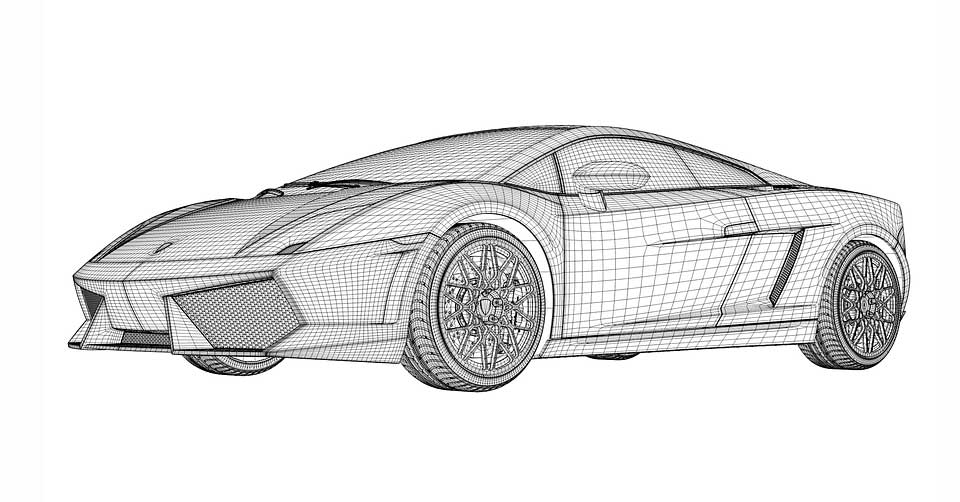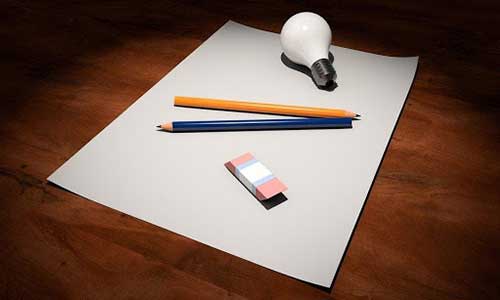
If you are new to the design process, you may be wondering:
“Why do I need a prototype? I’m extremely confident in my design, and I have hired a very talented engineer to work on it. The work looks complete, it has all the dimensions a manufacturer could need?”
While it is true that first generation files have all the dimensions a manufacturer may need to make a product, the design itself is untested, both for functionality and for manufacturability.
You wouldn’t be alone in that line of thinking, but the benefits of prototyping your product can’t be understated. Not prototyping your product is like driving without insurance. You will pay for it sooner or later.
Prototyping is an integral part of the engineering process that can’t be taken out haphazardly without severe consequences. You are gambling that the designer got everything right on the first try, and even if you have the brightest engineering talent in the world, it is still worthwhile to test your designs by prototyping them.
Prototypes Catch Flaws Before They Become Problems
 With prototyping you will be able to discover and fix any flaws in your product.
With prototyping you will be able to discover and fix any flaws in your product.
In the process of designing a product, it’s extremely rare that a product’s design comes out flawlessly for a first iteration. Even the simplest of products can need a tweak to become perfect. For larger engineering projects, it’s a good idea to make a prototype early in the stages of development.
If you catch something you want to change late during the course of development, you may have to completely redesign the product to make the change. The earlier a problem is found, the less costly it is to fix it. For smaller projects, it’s generally fine to make a prototype after the product is designed.
If you wait until you are already manufacturing to make a design change, you may have to completely go back to square one and that can be extremely costly.
Prototypes Allow for Product Testing
 Many products are required to pass regulations depending on their use. Products involved with food or drugs must pass FDA certification. All children’s products must pass testing by a CPSC approved laboratory. Through product testing a prototype, you will be able to figure out which materials will work best for your product, fix performance failures, and get your product in compliance.
Many products are required to pass regulations depending on their use. Products involved with food or drugs must pass FDA certification. All children’s products must pass testing by a CPSC approved laboratory. Through product testing a prototype, you will be able to figure out which materials will work best for your product, fix performance failures, and get your product in compliance.
Prototype Aid with Market Research
With a prototype, you will be able to perform market research much more effectively and easily with a prototype. Without one, you will be forced to use more abstract ways to showcase your product. Trying to describe a complex feature of your product with mere words or pictures is a wasted opportunity.
People will be able to give you much more actionable feedback if they get to experience your product through a prototype; they will be able to use more of their senses to experience what you envision the final version of your product to be.
Prototypes Attract More Investors
 If you are looking to raise capital, seeing a tangible product is much more powerful than showing up to an investors meeting empty handed. Similar to market research, the more senses investors can use to experience your product, the more powerful your presentation will be. While power points can be all well and good, it doesn’t compare to having a tangible product in front of them. Explaining details or functions will be much easier too, since you can show, rather than just tell.
If you are looking to raise capital, seeing a tangible product is much more powerful than showing up to an investors meeting empty handed. Similar to market research, the more senses investors can use to experience your product, the more powerful your presentation will be. While power points can be all well and good, it doesn’t compare to having a tangible product in front of them. Explaining details or functions will be much easier too, since you can show, rather than just tell.
It also shows investors you are serious about your product, have thought it out, and with the market research and product testing you can do with a prototype, you will have solid data to present.
Prototypes Help with Securing Patents
When you are applying for a patent, you must describe a level of technical detail that someone skilled in the field of your product can replicate it without having to experiment. By having a prototype made, you will be in a much better position to demonstrate that level of knowledge.
It is not required to have a prototype made to get a patent, but patents can take years before they are granted and cost several thousands of dollars so ideally you want to be as prepared as possible before submitting an application to save both time and money.
Prototyping Makes Manufacturing Cheaper and Easier
If you take an untested design straight into manufacturing, you will be taking many risks. Many products require a mold to be made. Molds can be expensive and time consuming to produce; some can end up costing tens of thousands of dollars and take months to make. If you find out you need to make changes to a product after a mold has been made, you will be billed for costs to rework the mold. If the changes are large, you may have to order a new mold entirely. Replacing tooling or shipments due to flaws with your product that should have been found during the prototyping phase can severely hurt your business and timeline for launch.
Looking to get a prototype made, or get some engineering handled? You don’t need to search any further. Our U.S. based engineering team would be happy to help you. Contact us now for a free quote!
